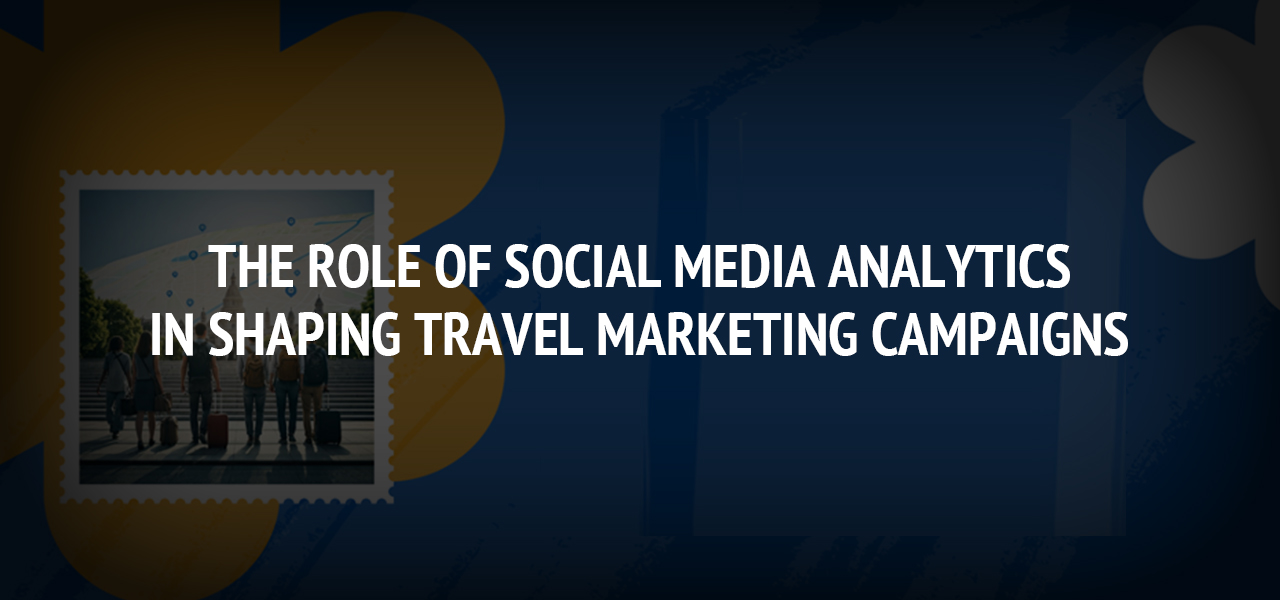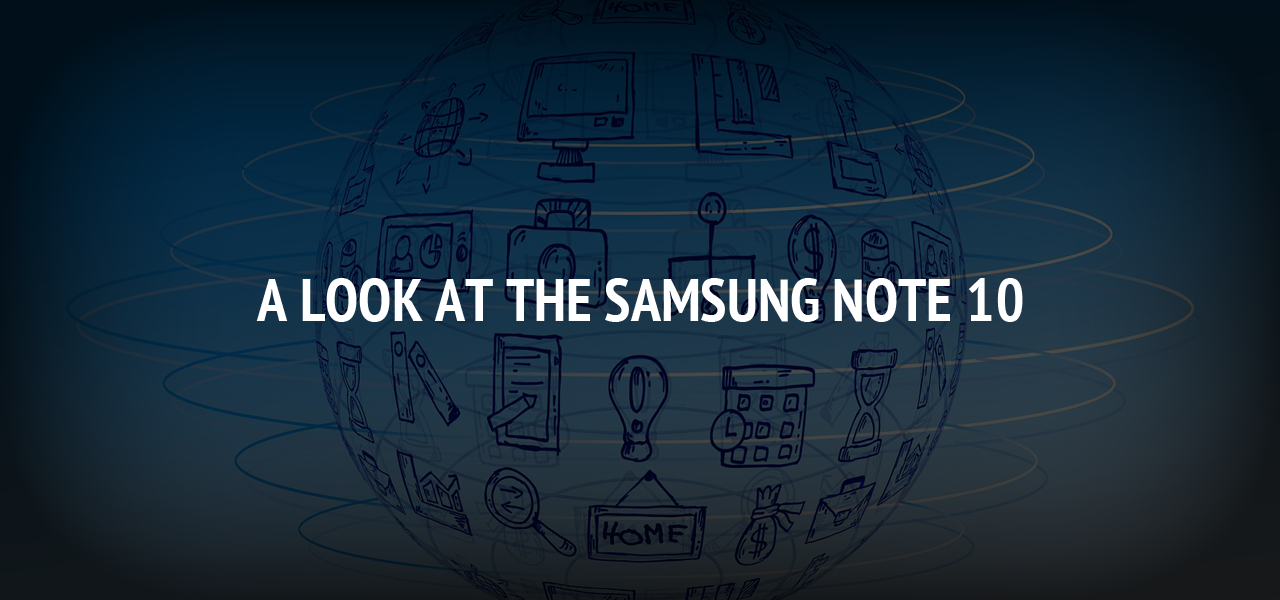The Role of Social Media Analytics in Shaping Travel Marketing Campaigns

In the current digital world, what has truly emerged as the most significant force used by travel marketing is social media. How are travel brands using vast amounts of data to run standout campaigns? Let's explore the world of social analytics and its impact on travel marketing strategies.
Understanding the Value of Social Media Analytics in Travel Marketing
Social media platforms have become virtual travel agents, inspiring wanderlust and influencing booking decisions. With over 35% of travelers using social media to plan their trips, and this number rising to 50% for those under 40, it's clear that social media analytics play a crucial role in understanding audience behavior and preferences.
Real-time Insights: The Game Changer
Social media analytics provide travel marketers with real-time insights into:
- User engagement patterns
- Popular destinations
- Trending activities
- Customer sentiment
These insights allow brands to adapt quickly to changing trends and traveler needs. For instance, a sudden spike in interest in eco-friendly travel can prompt marketers to highlight sustainable tourism options in their campaigns.
Data Collection
Popular social media platforms are goldmines of data. Every like, share, comment, and hashtag interaction tells a story. Most travelers report using social media while on their trips, offering a continuous stream of valuable data.
Shaping Decision-Making
By analyzing this wealth of data, travel companies can:
- Identify emerging travel trends
- Understand customer pain points
- Discover new market opportunities
- Refine their marketing messages
This data-driven approach leads to enhanced customer engagement and brand loyalty, crucial factors in the competitive travel industry.
Personalizing Travel Experiences
The days of one-size-fits-all marketing are over. Social media analytics enable travel marketers to create hyper-targeted campaigns based on detailed audience demographics. This level of personalization extends beyond just marketing messages to practical services that enhance the travel experience.
By analyzing trends, engagement metrics, and user demographics, travel brands can tailor their marketing strategies to attract the right audience. When targeting travelers to the USA, these analytics can highlight key trends, helping businesses optimize their offers and communication strategies. An esim usa prepaid option can be promoted to travelers seeking hassle-free connectivity, making their journey smoother and enhancing their overall travel experience.
The Power of Personalization
Social media analytics provide valuable insights into the demographics and interests of users discussing various travel topics. For instance, data might reveal that younger audiences are more likely to engage with content about budget travel options. This kind of insight allows marketers to tailor their messaging and offerings to specific age groups, interests, and travel preferences.
Segmentation: The Key to Relevance
By leveraging social media analytics to segment audiences, travel brands can create personalized marketing messages, offer tailored travel packages, and target ads more effectively.
This data-driven approach boosts engagement rates, and companies that successfully apply audience segmentation often experience substantial increases in conversion rates due to the stronger resonance of their messages with specific groups.
Optimizing Content Strategy with Engagement Data
At the core of any marketing strategy is understanding what content resonates with your audience. An effective travel brand will utilize social media analytics as a resource for refining continually.
Content Performance Identification
Visual content, for instance, pictures and videos, will most likely comprise most of the engagement products by the travel industry. Through analytics tracking likes, shares, and comments, what pays off to the travel brands, the best posting times, and consequently, the themes or subjects that move their audience are known.
A data-driven approach aids marketers in refining their strategies so that they are constantly producing engaging and relevant content in the workflow, capturing the attention of their target market.
Engagement Metrics
Key metrics to track include:
- Reach and impressions
- Likes, shares, and comments
- Click-through rates
- Conversion rates
By measuring these engagement metrics, marketers can pinpoint what types of content truly resonate with travelers, enabling more effective content creation.
Agile Content Strategies
Real-time data will give a travel marketer the capacity to respond to what is trending and to the needs of travelers right now. Indeed, in an industry where tastes may change overnight for a thousand reasons or nothing, with the following:
- Seasonal Variability
- World events.
- Emerging destinations
Remaining responsive would mean that the content is fresh and interesting.
Predicting and Adapting to Trends with Analytics
The most exciting application probably comes from predictive analytics, which uses historical data and current trends in travel marketing to create forecasts of how people might travel and behave in the future. Advanced analytics provides strong tools that facilitate very predictive capabilities to travel brands to :
- Predict engagement rate for different types of content
- Forecast the results of the marketing campaigns.
- Anticipate shifts in traveler preferences, including sustainability as a travel attribute.
Influencer Marketing
Influencer collaborations have become a cornerstone of travel marketing. Analytics help brands:
- Identify influencers whose audience aligns with their target market
- Predict the potential reach and engagement of influencer partnerships
- Measure the ROI of influencer campaigns
By leveraging these insights, travel companies can make data-driven decisions about which influencers to work with and how to structure their partnerships.
Measuring ROI and Campaign Success
In the competitive travel industry, justifying marketing spend is crucial. Social media analytics provide concrete data to measure the success of campaigns and calculate return on investment.
Key Performance Indicators (KPIs)
Travel marketers should focus on these KPIs:
- Conversion rates
- Click-through rates
- Customer acquisition costs
- Engagement rates
- Booking revenue attributed to social media campaigns
Optimizing Ad Spend
Paid Social Analytics will be huge in terms of optimizing Ad spending. That's because the marketer can see how things are performing by ad format, targeting option, and creative element - so he can allocate more budget there, and polish where this positioning is in dire need of high precision, which may eventually increase the ROI for social media efforts. Of course, it also helps marketing spend effectively which means superior outcomes both in reach and engagement.
Data-Driven Budget Allocation
With concrete data on campaign performance, travel marketers can:
- Justify increased investment in successful strategies
- Reallocate resources from underperforming campaigns
- Demonstrate the value of social media marketing to stakeholders
Comparison: Traditional vs. Social Media Analytics-Driven Marketing
To illustrate the impact of social media analytics on travel marketing, let's compare traditional approaches with data-driven strategies:
This comparison highlights how social media analytics transform every aspect of travel marketing, from audience understanding to campaign execution and measurement.
The Future of Travel Marketing
As we dug more, the most prominent face of traveling marketing campaigns began with social media analytics. They give real-time insights and help target at a personal level, create finely-tuned content strategies, predict trends, and calculate ROI evaluation is essential to compete in the digital space for travel brands.
Smart data use is the future of travel marketing. Its better analytics capabilities will provide various even more personalized and effective marketing strategies that, besides booking creation, add to the overall completeness of the whole experience.
FAQs
How can travel influencer marketing campaigns benefit from social media analytics?
Analytics will help the brands identify influencers whose audience matches their desired target market, determine engagements, know conversions, and recognize what content maximizes ROI best.
Which Social Media Gave the Best Analytics for Travel Marketing?
This means that Instagram, and Facebook as well, can provide strong analytics on the demographics of followers, engagement, reach, and click-through rates. Sprout Social aggregates data from multiple platforms for a more overall view.
What are the key metrics to consider for travel marketing campaigns?
Efficiency Metrics must be measured in engagement rates, reach, click-through rate (CTR), conversions, cost per acquisition (CPA), return on ad spend (ROAS), followers growth, and sentiment analysis.
About The Author
Related Blog
View All-
5 Tips for UX and Mobile Marketing to Make Your App More Appealing to Users
The design of your app is so important to attract and retain users. Their first impressions will be all about your design, from the user interface and the look and feel to the overall user experience. The approach should always be to put the user first to see an ...
-
A Look at The Samsung Note 10
Samsung upped its game towards the second-half of 2019 when they introduced the Note 10 and the Note 10 plus in the market. These phones made a huge impact and are considered to be one of Samsung’s best phones yet. Not only are these smartphones the biggest ...







